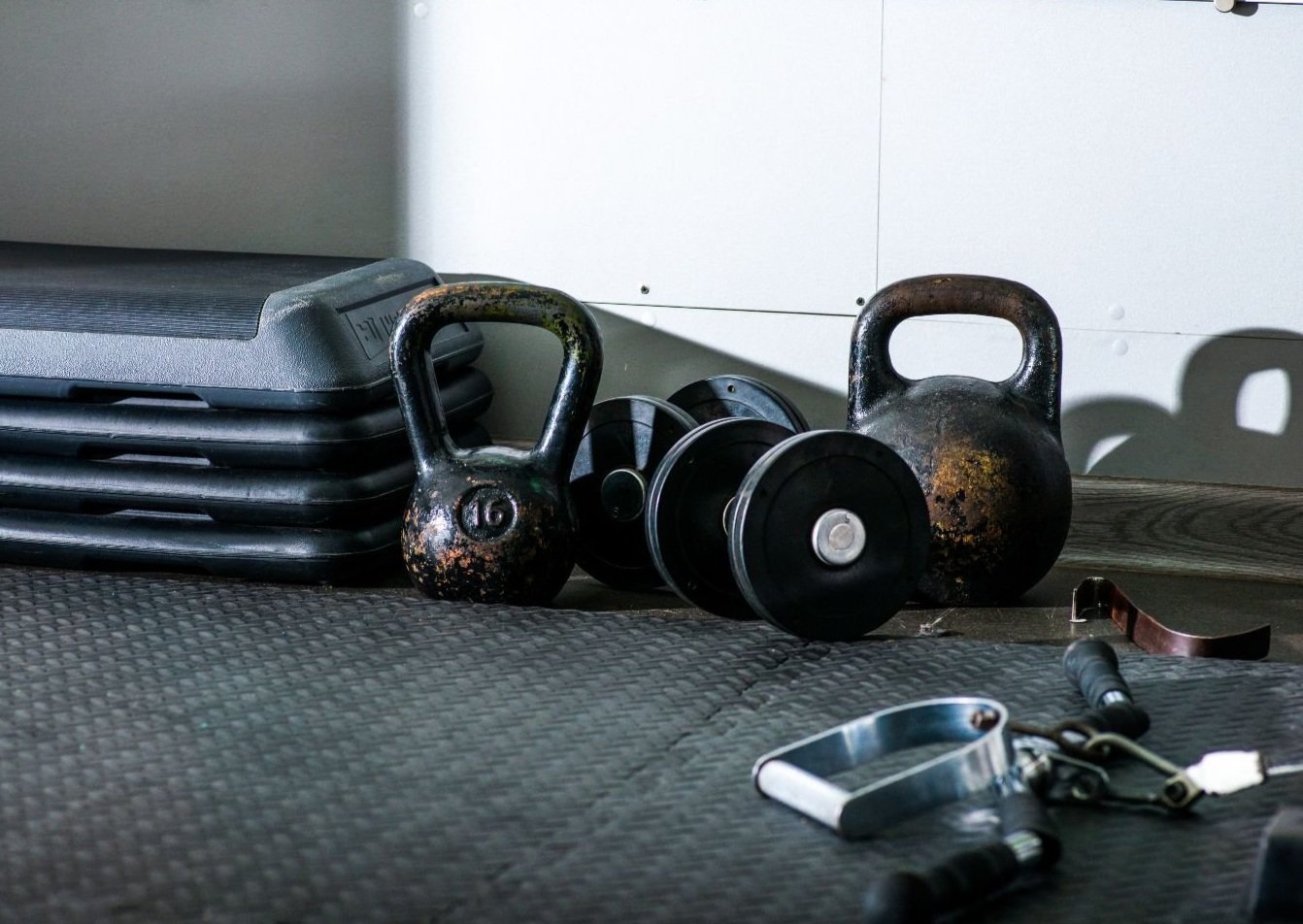Incorporating Strength/Resistance Training into our Daily Lives
As we age, we naturally begin to experience some reduction in lean muscle mass, strength and function, a process known as sarcopenia. Strength training, also known as weight or resistance training is highly beneficial to everyone because it helps build strength, stability, endurance, preserves bone density and builds overall muscle mass.
Research has been showing us for a number of years now, that strength and resistance training are just as important as the cardio aspect of your workout. Depending on your health and fitness goals, there are many reasons why strength and resistance training is the key to achieving them.
What is strength training?
For some people, the phrase strength training is intimidating, but you actually need to look at it in a different light - that it’s enhancing your ability to move safely and effectively in your life, not becoming the next bodybuilder! For example: Your ability to lift something and put it on a shelf, carry your groceries in the door, bend down and pick something up.
Strength training is a type of physical activity which focuses on the use of resistance and weights to induce muscle contraction which builds strength. The basic principle is to apply load and overload the muscle so it needs to adapt and get stronger. When training for strength, we are aiming to train the nervous system as much as we are muscles. The nervous system adapts by firing more rapid impulses and activating more muscle fibres which in turn make us stronger. One reason why people can be much more prone to injury if strength or resistance movement is not part of their life is because their muscles and connective tissue are weak due to never being stimulated.
At its heart, strength training is based on functional movements — lifting, pushing, pulling in order to build muscle and coordination needed for everyday activities. The stronger you are as you age, the more robust you will be in the real world.
Why strength training?
Did you know that a reduction in lean muscle mass, strength and function can begin as early as your 30s and continue at a rate of 3% to 5% per decade! So the outcome of regular strength or resistance training can actually slow down the loss of skeletal muscle mass/strength quite significantly. Therefore it is great for people of all ages to adopt some strength and resistance movement into their lives as it can help you preserve and enhance this natural loss of lean muscle mass that comes with ageing.
The benefits of strength training
Many ongoing physical health conditions can be managed better and reduced by regular strength training, but there are many benefits for everyone that make adding some resistance to your workout worthwhile:
• Helps you to look & feel stronger and fitter
• Boosts your energy and improves your mood
• Helps you to avoid injury
• Develops better body mechanics
• Facilitates healthy ageing
• Increases bone density and muscle mass
• Helps to improve blood pressure and hypertension
• Has cardiovascular health benefits
• Balance improves, which can reduce risk of falls.
• Assists with weight management, as it can increase your metabolism
How to integrate strength/resistance training into your fitness regime:
Many people find using a dedicated exercise studio or facility to do their strength training is a good option, as they often have a range of equipment available, as well as help from exercise professionals if you need it. However this is not your only option! Your strength training workout can be done at home or at your local park using your own bodyweight... whether it’s squats, lunges, push-ups, or one of the endless variety of exercises.
There is a large range of resistance equipment available for all levels - many of these are avaliable from Adele at GO fitness. If you are not sure what you need, Adele can help you with this!
Do I need a professional to help with my strength training?
There are no downsides to being stronger. The only thing you need to consider is this: how much does strength contribute to what you want to achieve? If you are going to start down the path to getting stronger, it is important to have a solid plan from the start. Getting advice from a qualified and experienced Personal Trainer can help you to make sure you are using the correct exercises that are the best fit for your biomechanics, past/current injuries, exercise goals and fitness level. Get in touch with Adele at GO Fitness if you are interested in adding some strength training into your daily exercise routine and she will be able to help you out.
Overall, I always say - At the end of the day, moving and being active in any way is a great start. The short version is we stand a much higher chance of actually avoiding injury if we are strong, flexible and well balanced. Specific types of exercise have some pretty awesome benefits, with strength training definitely being one and this is certainly going to help you to live a more mobile, energetic and longer life!

